Core Facility
Atomic Absorption Spectrometer (AAS)AAS is a technique in which free gaseous atoms absorb electromagnetic radiation at a specific wavelength to produce a measurable signal. |
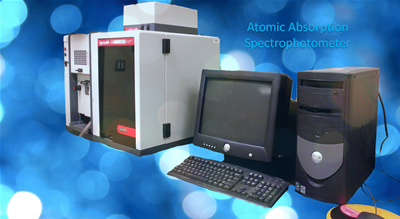 |
Atomic Force Microscopy (AFM)AFM, also known as "scanning force microscopy" (SFM), is a very high-resolution type of scanning probe microscopy (SPM), with demonstrated resolution on the order of fractions of a nanometer, more than 1000 times better than the optical diffraction limit. |
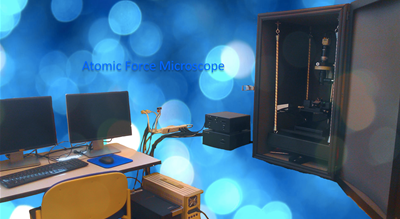 |
Bomb CalorimeterA bomb calorimeter is a closed, rigid (constant volume) vessel that can be used to determine the heat of reaction of a liquid or solid fuel sample. |
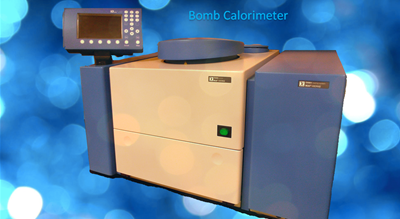 |
Capillary Electrophoresis (CE)CE is an analytical technique that separates ions based on their electrophoretic mobility with the use of an applied voltage. |
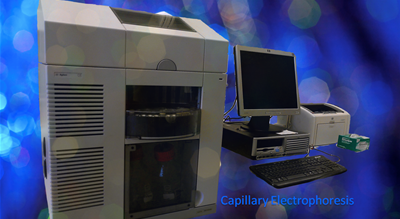 |
Density MeterA density meter, also known as a densimeter, is a device that measures the density of solutions. |
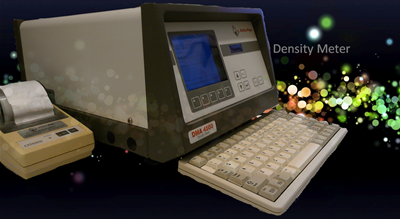 |
Electrochemical Workstation |
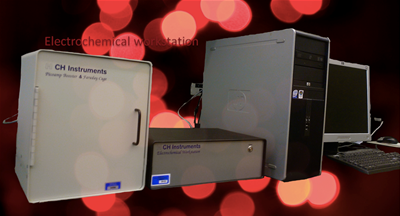 |
Fluorophotometer |
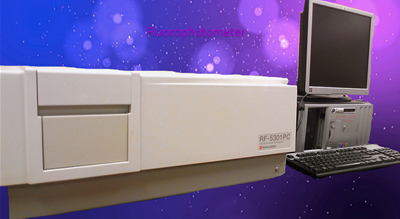 |
Freeze DryerFreeze dryer (or lyophilizer) works by freezing the material, then reducing the pressure and adding heat to allow the frozen water in the material to sublimate. |
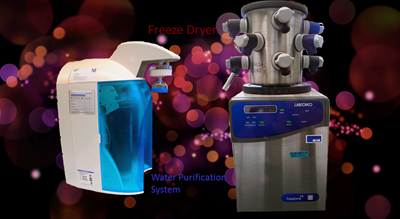 |
Fourier Transform Infrared Spectrophotometer (FTIR)FTIR is an analytical technique used to identify a wide variety of chemicals including organic, polymeric, and, in some cases, inorganic materials. The FTIR analysis method uses infrared light to scan test samples and observe chemical properties. Ref: rtilab.com |
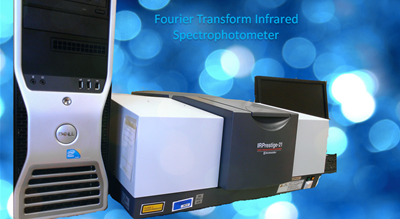 |
Gas Chromatograph (GC)GC is a separation technique using gas flow through a glass or metal column that separates compounds based on both volatility and interaction with the stationary phase. |
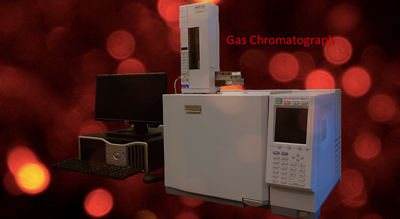 |
High Performance Liquid Chromatograph (HPLC)HPLC is basically a highly improved form of column chromatography. Instead of a solvent being allowed to drip through a column under gravity, it is forced through under high pressures. |
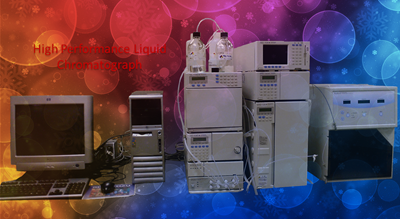 |
Nuclear Magnetic Resonance Spectrometer (NMR)-90 MHzNMR is a very powerful technique that enables the study of physicochemical, electronic, and structural properties of molecules, looking at the quantum mechanical magnetic properties of an atomic nucleus (specifically, the chemical shift and Zeeman effect on the resonant frequency), in solution as well as the solid state. Ref: Sciencedirect.com. |
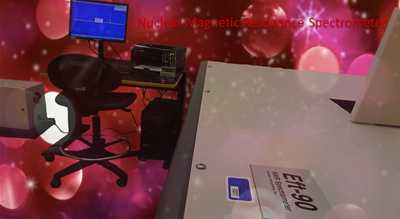 |
Surface Tensiometer |
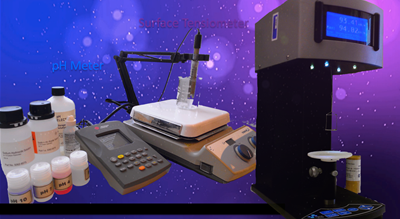 |
Electron Probe Microanalyzer (EPMA) |
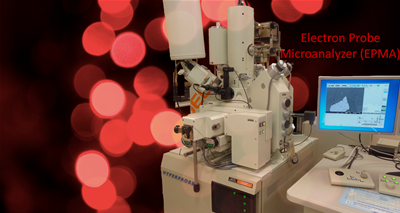 |
Raman Spectrometer |
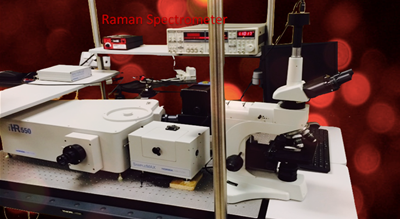 |
Uv-Visible Spectrophotometer (UV-vis) |
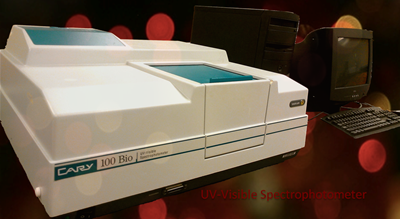 |
X-Ray Diffractometer (XRD) |
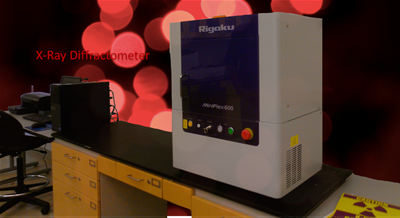 |
Scanning Electron Microscope (SEM) |
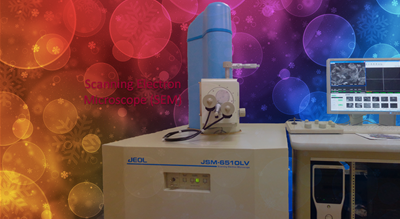 |
Nuclear Magnetic Resonance Spectrometer (NMR) - 400 MHzNMR is a very powerful technique that enables the study of physicochemical, electronic, and structural properties of molecules, looking at the quantum mechanical magnetic properties of an atomic nucleus (specifically, the chemical shift and Zeeman effect on the resonant frequency), in solution as well as the solid state. Ref: Sciencedirect.com. |
 |
Safety in Chemistry Lab
Safety Related Documents:
- Fayetteville University Chemical Hygiene Plan
- Safety in Academic Chemistry Laboratories: Volume 1 (For Students)
- Safety in Academic Chemistry Laboratories: Volume 2 (For Faculty)
- Safety for Introductory Chemistry Students Brochure
- 120 Questions That Could Save Your Life
